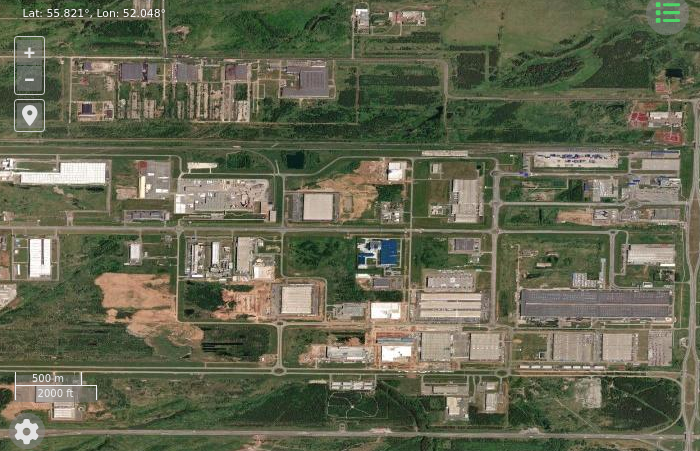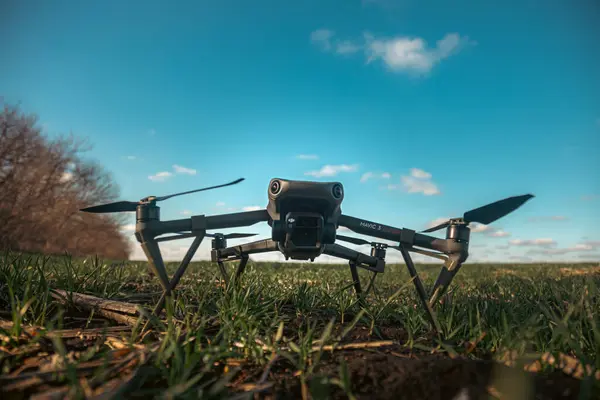
Can a drone turn the tide of a tank battle? The answer is increasingly yes-most especially in Ukraine’s grinding war with Russia, when that drone breathes fire. In late 2024, footage from the Ukrainian Ministry of Defense revealed a startling innovation: small unmanned aerial vehicles dispensing molten thermite directly onto Russian armor and fortified positions. The spectacle was as much psychological warfare as technological ingenuity.
These so-called “dragon drones” have rapidly evolved from niche tools to headline-making weapons, burning through steel, igniting treelines, and taking away enemy cover in their path. Their deployment underlines the broader shift in modern warfare, with unmanned systems and precision incendiaries reshaping battlefield tactics. What follows are ten key insights into how those drones work, their tactical impact, and the escalating countermeasures on both sides.

1. Birth of the ‘Dragon Drone’ Concept
In September 2024, Ukraine’s first thermite-flamethrower drones began attacking Russian positions hiding in heavy foliage. The nickname “dragon drone” derived from how the molten spray seemed to spew mythical fire-breath. The incendiary payload consists of thermite-a mix of aluminum powder and iron oxide-which burns at up to 4,400°F, enough to melt steel. Initial missions targeted treelines to strip away cover and reveal entrenched troops and equipment.

2. Lethal Properties of Thermite Payload
The thermite chemical reaction manufactures its own oxygen, so it will burn under water. When ignited, it melts through armor and disables vehicles without explosive force. Soldiers have just seconds to get away after being exposed to thermite before suffering fatal burns, according to studies by the U.S. Army. This heating in a small area limits the radius of the blast but makes it ideal for precision strikes on hatches, engine blocks, or bunker apertures.

3. Anti-Tank Role Against ‘Turtle’ Armor
The Russians have used crude add-on armor on tanks to make them resistant to explosive FPV drones, nicknamed “turtle tanks.” Ukraine’s Phoenix drone group responded by slamming thermite drones onto these vehicles, burning right through the roofs. During one engagement east of the town of Kostyantynivka, Phoenix operators destroyed a number of armored vehicles, including tanks and IFVs, by using a mix of explosive and incendiary payloads.

4. Psychological Impact on the Battlefield
Besides causing physical destruction, thermite drones instill fear. Thus, the 60th Mechanized Brigade of Ukraine echoed: “Strike Drones are our wings of vengeance, bringing fire straight from the sky!” As defense analyst Nicholas Drummond noted, their psychological effect may outweigh physical damage in forcing troops to abandon positions or hesitate under threat of a fiery attack.

5. Industrial Scale Production
Companies like Burning Watermelon manufacture sleek thermite munitions weighing 500g to 2.5kg, costing €20–30. Capable of producing 20,000 units a month, these munitions can be mounted on drones for dispersal or direct spray. The variants like “Golden Rain” produce a cascade of burning droplets and earned the nickname “Dracarys” among Ukrainian troops.

6. Russian Countermeasures
Moscow has tried its hand at fielding thermite-spewing drones. Footage from the Omut Group showed a Russian FPV sprinkling sparks over Ukrainian positions, but battlefield effect seemed limited. Flamethrower-equipped quadcopters are another one of these experiments; according to experts, including Federico Borsari, hitting fast-moving aerial targets is challenging, as is the limited carrying capacity.

7. Legal and Ethical Boundaries
Under Protocol III of the Convention on Certain Conventional Weapons, there is a prohibition against the use of air-delivered incendiaries against military objectives that are within civilian concentrations. Both Russia and Ukraine are parties to this, so thermite use would need to avoid civilian harm. The legal scholars emphasize that lawfulness is contextual: burning foliage concealing combatants is OK, while targeting urban areas without military necessity is not.

8. Tactical Use in Treeline Warfare
Thin rows of trees in eastern Ukraine naturally present a defensive barrier. Russian troops dig in behind these tree lines, making them favorite targets for thermite drones. Molten metal-started fires are hard to put out, sending defenders to open ground where they’re easy marks for follow-on attacks.

9. Integration with Other Unmanned Systems
Thus, thermite-carrying drones represent just a fraction of the whole unmanned arsenal. On the battlefield, Ukraine deploys FPV strike drones, reconnaissance quadcopters, and even tracked unmanned ground vehicles like the Krampus UGV capable of carrying thermobaric rounds. Coordinated ops team aerial incendiaries with ground assets for mine-clearing, assault, and suppressive missions.

10. Global Implications of the Dragon Drone
The swift adoption and adaptation of thermite drones by both sides speak to the war’s role as a real-life laboratory for weapons innovation. The militaries of the world are watching closely, with potential for similar systems to appear in other conflicts. The combination of precision, psychological impact, and low operator risk makes the dragon drone a potent, if controversial, addition to the modern arsenal. Ukraine’s thermite ‘dragon drones’ have moved from battlefield curiosity to multirole weapon system with strategic and psychological reach. Their rise underlines the accelerating cycle of innovation in unmanned warfare, where each adaptation invites a countermeasure, and legal as well as ethical boundaries are tested. For the moment, these drones rank as perhaps the most vivid example of how technology can redefine the fight-not just in Ukraine, but in wars yet to come.


